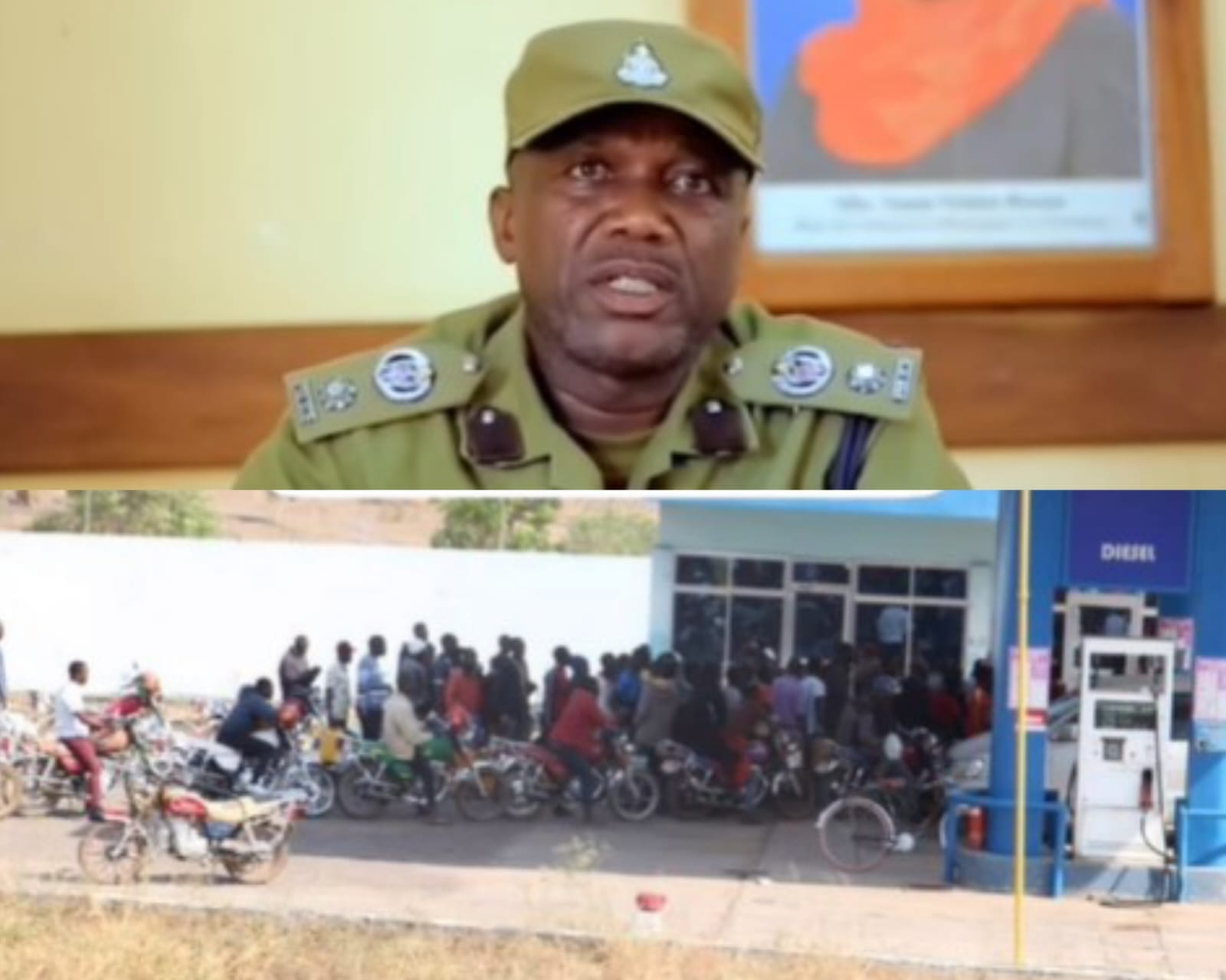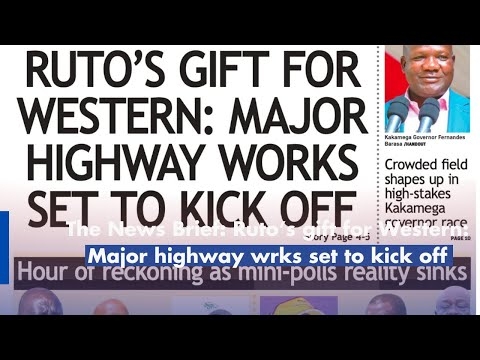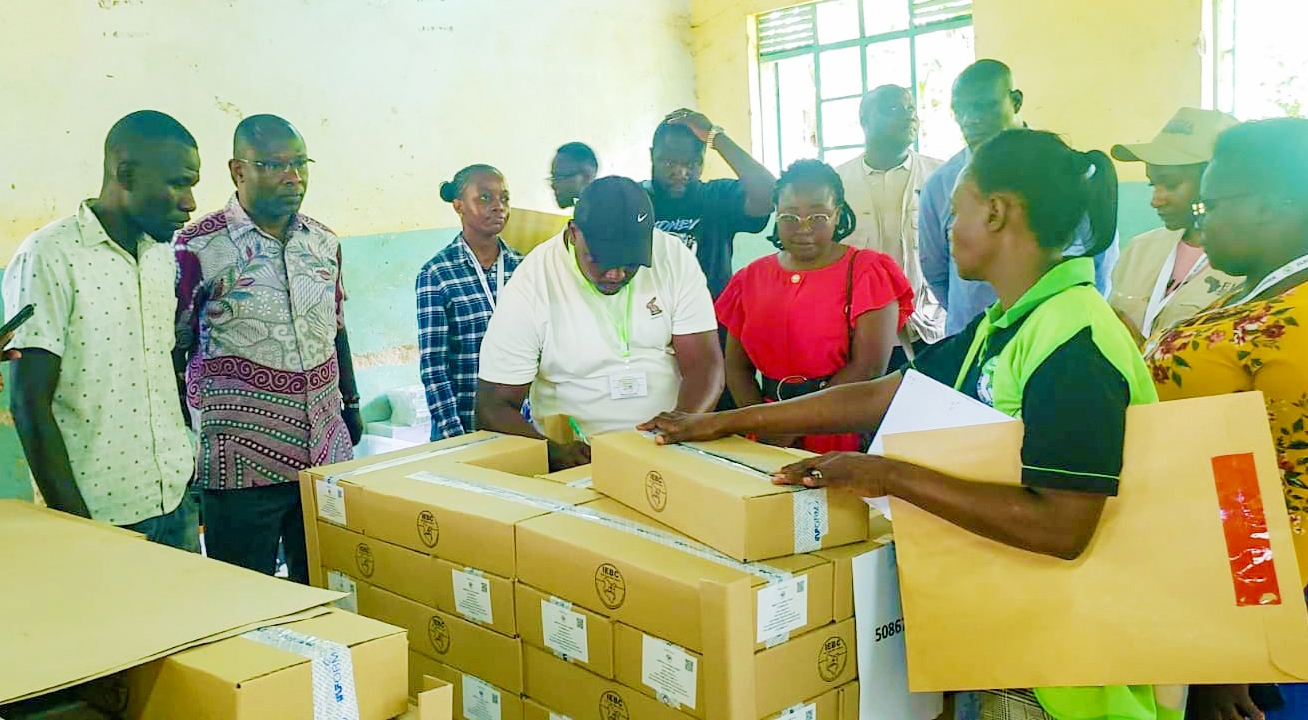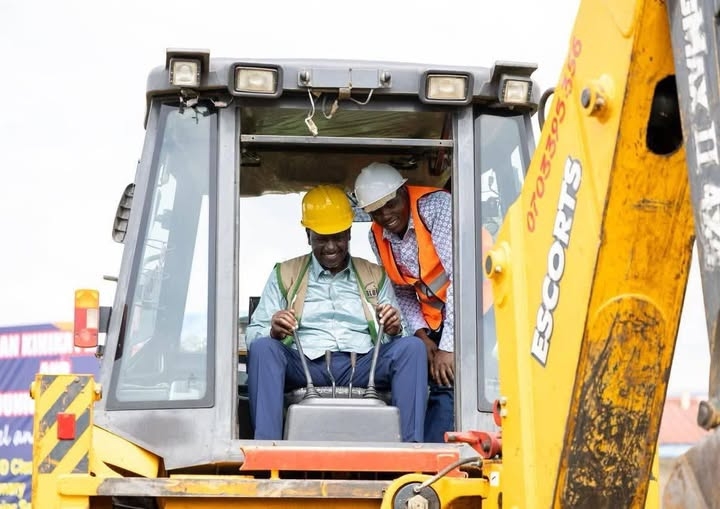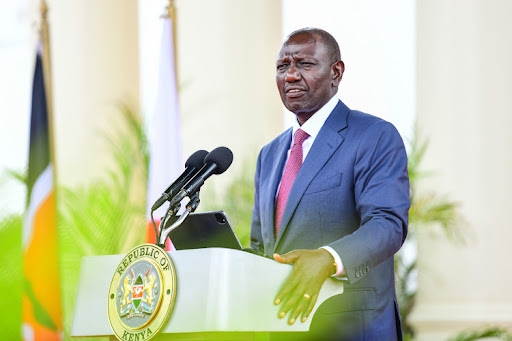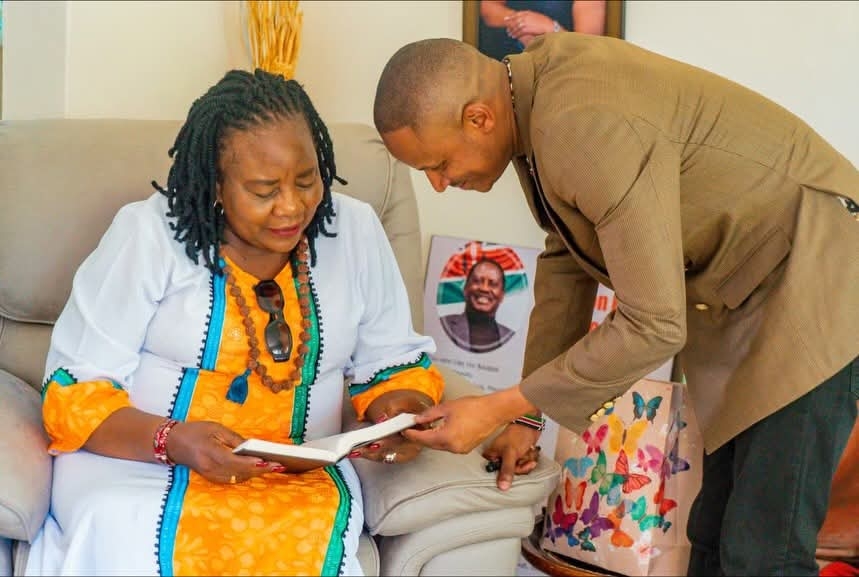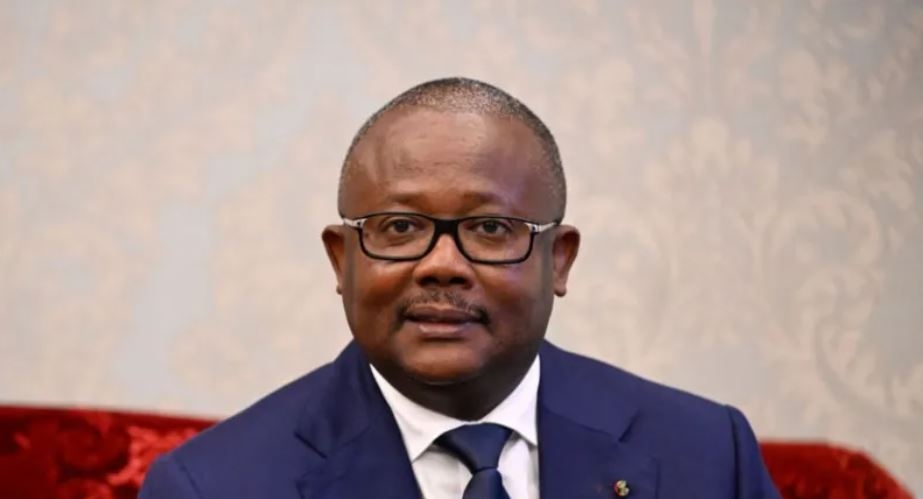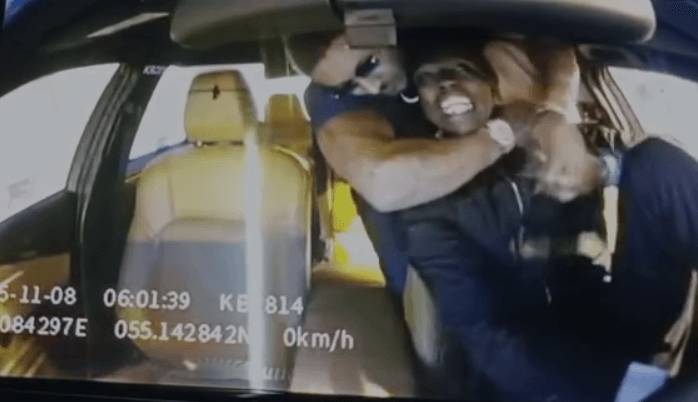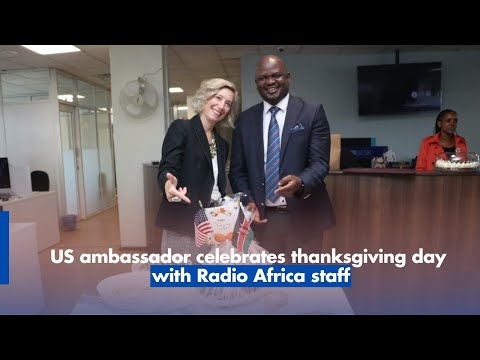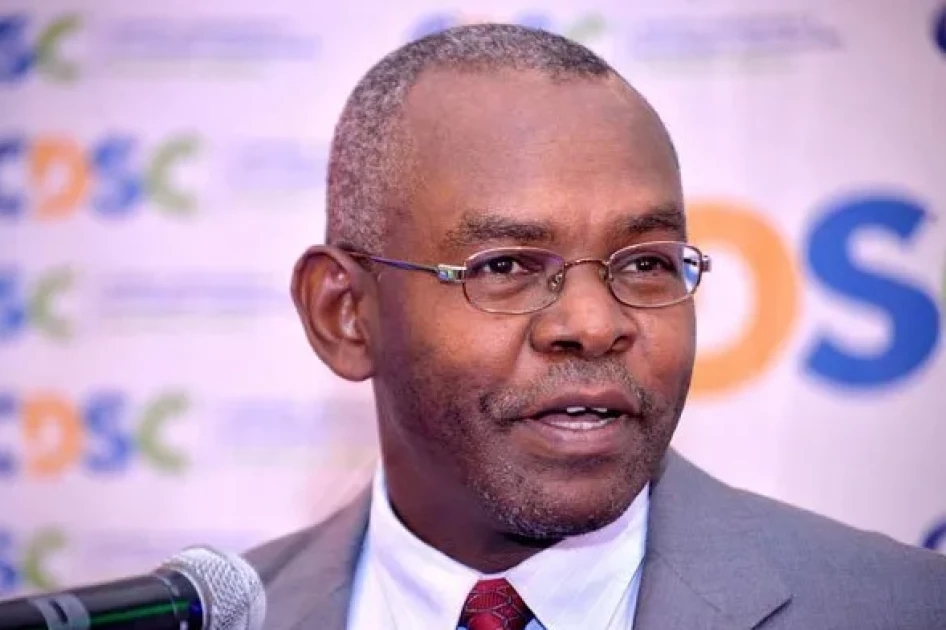Manu Chandaria mobilised business leaders and resources through his foundations during the 2007 post-election violence in Kenya.
In his book, he mentioned that neither his family nor his company, Safal Group, would stand by and watch the country degenerate into chaos. He met with Comcraft Group managers in Nairobi to plan intervention strategies.
The meeting resolved to assemble a fact-finding team to investigate areas affected by violence and the well-being of internally displaced people.
The team's report revealed the extensive impact of the post-election violence on the affected areas.
“The carnage visited by the violence was enormous; schools razed down to ashes and IDP camps with adults rendered homeless and destitute.
“In some places, children were being taught under trees, with not enough desks, and in others, teachers, fearing for their lives, had fled.”
Manu swung into action and mobilised resources to help people rebuild their lives. He also sponsored ‘a never again message’ to ensure the unfortunate events did not happen again.
The unrest nearly pushed the country into a full-blown civil war, resulting in over 600,000 displaced individuals and around 1300 deaths. The mayhem led to the destruction and looting of public and private property worth billions of shillings over two months.
The violence died out after then-President Mwai Kibaki and opposition leader Raila Odinga struck a deal to form a coalition government following lengthy peace talks arbitrated by former United Nations Secretary-General and Nobel Peace Prize winner Kofi Anan.
Manu Chandaria was deeply moved and decided to take action. He not only mobilised resources for rebuilding efforts but also championed a "never again" message to prevent future occurrences of such violence. He initiated peace missions in the troubled Rift Valley and across Kenya.
Chandaria believed it was not enough to provide material assistance for rebuilding. Finding means to avert a repeat of similar events was also crucial.
He donated funds to reconstruct schools in Molo and Kuresoi and drilled boreholes to restore water sources. He also played a key role in facilitating peace talks among communities involved in the Rift Valley clashes.
Realizing the need for broader peace-building efforts, he organised the Global Peace Convention in Nairobi in 2010 attended by then-President Kibaki.
Additionally, peace caravans were launched in violence hotspots in the Rift Valley to promote peace and reconciliation between communities.
Between 2009 and 2010, the Global Peace Foundation, with Manu's support, intensified peace-building efforts in the Rift Valley, bringing together youth groups from different communities, offering them capacity-building initiatives, and training them as ambassadors for peace and as bridges between communities and generations.
“[The team] supervised the construction of classrooms and boreholes. It filed weekly progress reports to Manu,” the book reads.
Manu worked closely with the Global Peace Foundation to convene a peace convention in Nairobi in 2010. The global lobby organised peace caravans in violence hotspots in Rift Valley, preaching peace and helping reconcile the communities.
“Between 2009 and 2010, the Global Peace Foundation deepened its pursuit of peace in Rift Valley, bringing together youth groups from Kikuyu and Kalenjin communities and involving them in intense capacity building initiatives.”
“Manu and GPF targeted youth for training as ambassadors for peace and to act as bridges between communities and generations.”



